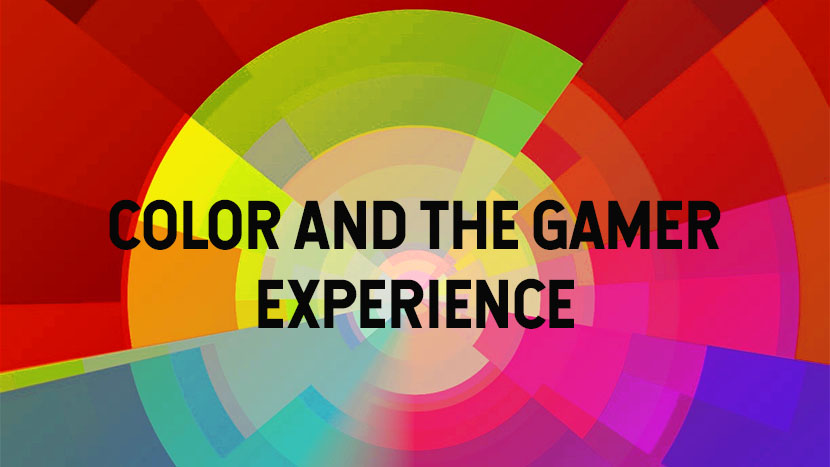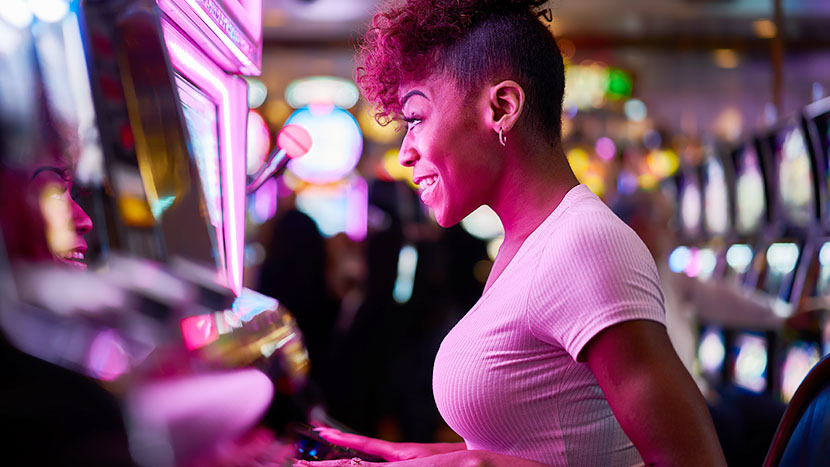The Psychology of Using Colors in Games
Color is a powerful tool that game developers can use to influence our emotions and behavior. Colors have the ability to evoke certain feelings and create an emotional connection with players, making them feel more connected to the game or characters.
Different colors also trigger different cognitive responses in people, and this can be used strategically to make a game more engaging and effective. With that in mind, let’s dig a bit into the psychology of using colors in games. 
How colors can affect player engagement and retention in games
Color plays an important role in game design, as it can influence players’ engagement and retention. As mentioned before, different colors evoke different emotions, so it’s important to choose the right ones that will draw people’s attention.
For example, warm colors like red and orange are often associated with excitement and energy, while cool colors like blue and green are more calming. Bright colors tend to draw attention and create a sense of urgency, while muted tones can be used to create a more relaxed atmosphere.
How different colors help establish moods and evoke emotions in games
Colors are known to evoke emotions in people, which is why different colors are used in games for such purposes. For instance, colors such as red and orange are often associated with anger but can also evoke passion and creativity. Colors like blue and green, are often associated with peace and serenity but can also evoke feelings of relaxation and calmness.
For example, in a particular type of famous games, online slot machines, the colors play a big part of the experience as it can keep the player engaged. In one of the most famous games, Book of Dead , the reels are a different color than the background – which is more brownish.
Since slot games are often repetitive, colorful visuals encourage players to engage further with the game and not get bored in the process. That said, different color combinations can also be used to convey different messages or feelings.
For example, the combination of red and yellow could indicate danger or warning. Ultimately, understanding how different colors affect people’s emotions is essential for creating an immersive gaming experience that resonates with players on an emotional level.
The Impact of color on player decisions, choices and actions
In the context of video gaming, color can influence player decisions, choices, and actions in more ways than one. For instance, certain colors can evoke different emotions in players, such as excitement or calmness.
This can then affect how they approach a game and the decisions they make when playing it. More often that not, things in games colored red may indicate someone’s health bar or potential danger depending on the context.
Blue or yellow highlights may also indicate items of importance or potential loot. Color can, therefore, be used to create visual cues that help guide players through a game’s levels or objectives.
Green arrows or other pointers, for example, can help players find the right path or guide them towards something game developers wanted the players to explore.
 Colors can have a powerful psychological effect on players in video games, influencing emotions and even gameplay decisions in most cases. That’s why it’s important for game developers to consider how the use of color can impact the gaming experience so that they can help guide players through the game along the desired path.
Colors can have a powerful psychological effect on players in video games, influencing emotions and even gameplay decisions in most cases. That’s why it’s important for game developers to consider how the use of color can impact the gaming experience so that they can help guide players through the game along the desired path.
































































































